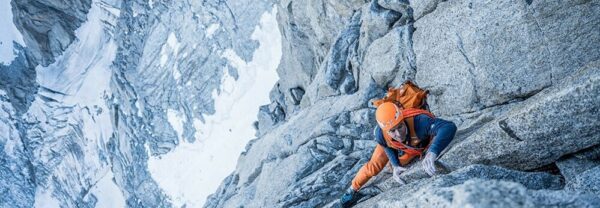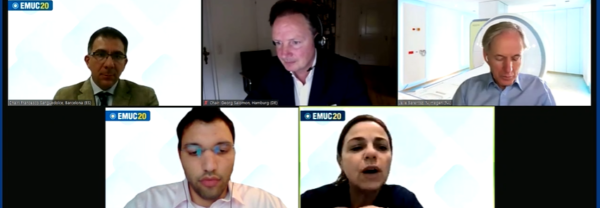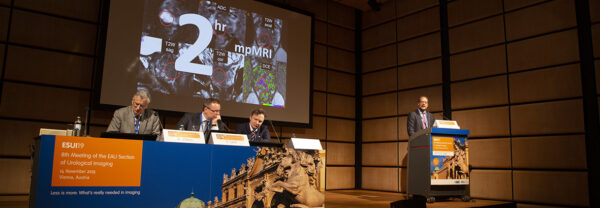ESUI19: Take part in the evolution of urological imaging
Radioguided surgery as a therapeutic procedure was once deemed improbable until a few years ago when it was already administered in selected centres.

The significance and popularity of radioguided surgery are gaining momentum. But as benefits go hand-in-hand with innovations, so do concerns about the limitations. The upcoming 8th EAU Section of Urological Imaging (ESUI19) meeting aims to address these subjects and more.
Another notable innovation is multiparametric magnetic–resonance tomography (mpMRT). Recent reliable publications show that mpMRT has an indispensable position in the diagnosis of prostate cancer, especially before biopsy. The question remains whether a single mpMRT is sufficient prior to biopsy, or whether it is even necessary. And when only targeted biopsies are performed, what is the appropriate number of biopsy cores that should be taken from magnetic resonance imaging (MRI)-conspicuous areas? How far does mpMRT help detect extracapsular extension?
Ultrasound technology is also advancing. Computer-based procedures or increased resolutions in transrectal ultrasound are promising methods for better detection of prostate cancer. Is transrectal ultrasound redundant or are there innovations to expect? The multiparametric ultrasound (mpUS) seems promising but can it be a cheaper alternative to mpMRT? What will be the role and/or importance of ultrasound microscopy? And what about the ultrasound devices in mobile format? Will these provide sufficient performance for the low price?
The theme and focus of this year’s ESUI meeting is “Less is more: What’s really needed in imaging”. Good imaging may deliver positive changes in treatment; however at the moment, it is also economically challenging to implement. ESUI19 explores what is necessary, what is irrelevant in current urological imaging. Through state-of-the-art lectures and how-I-do-it sessions, delegates will also know more on what to prepare for in the future.
ESUI19 will examine the role of imaging in urological diagnostics and intraoperative visualisation. It will highlight how modern imaging influenced the diagnostics of urological pathologies, and how it became a helpful tool.
The meeting will also evaluate situations where contemporary imaging methods can be most useful, and determine what kind of standardisation of reporting of different urological cancers might be expected. It will assess the role, performance and limits of emerging technologies in relation to image-guided approaches in detail. Moreover, ESUI19 will provide detailed clinical knowledge regarding the application and use of these technologies.
These analyses will help close the gap between preliminary experiences in selected centres and the early, broad application of these technologies in daily practice.
How will artificial intelligence (AI) affect MRI findings in the future? Artificial intelligence will aid in the analysis of different imaging modalities which will help radiologists and urologists interpret the images. Improved imaging will make focal therapy a more serious method as diagnostic uncertainties are reduced. And these are just a few of the changes.
The question is not if but when will machine learning reach the same level of human performance. This is one of the developments that urologists might confront in the near future. It is in our hands as urologists to be part of the evolution in urological imaging. Its role does not solely lie in therapy planning and follow-up, but in the decision-making in drug therapy as well. Let us familiarise ourselves of which technologies and methodologies to embrace, and which ones to push for further advancement and more expansive application.
About ESUI19
ESUI19 will take place on 14 November 2019 in Vienna, Austria and will precede the 11th European Multidisciplinary Meeting on Urological Cancers (EMUC19), an annual event which brings together experts from diverse specialties such as radiology, urology, nuclear medicine, pathology, and medical oncology for a critical examination of multidisciplinary approaches in urological cancers. Three Best Abstract prizes will be handed out at the ESUI19 meeting, courtesy of ANNA/C-TRUS GmbH.
For more information about the ESUI19 Scientific Programme and other meeting essentials, please visit www.esui.org.


